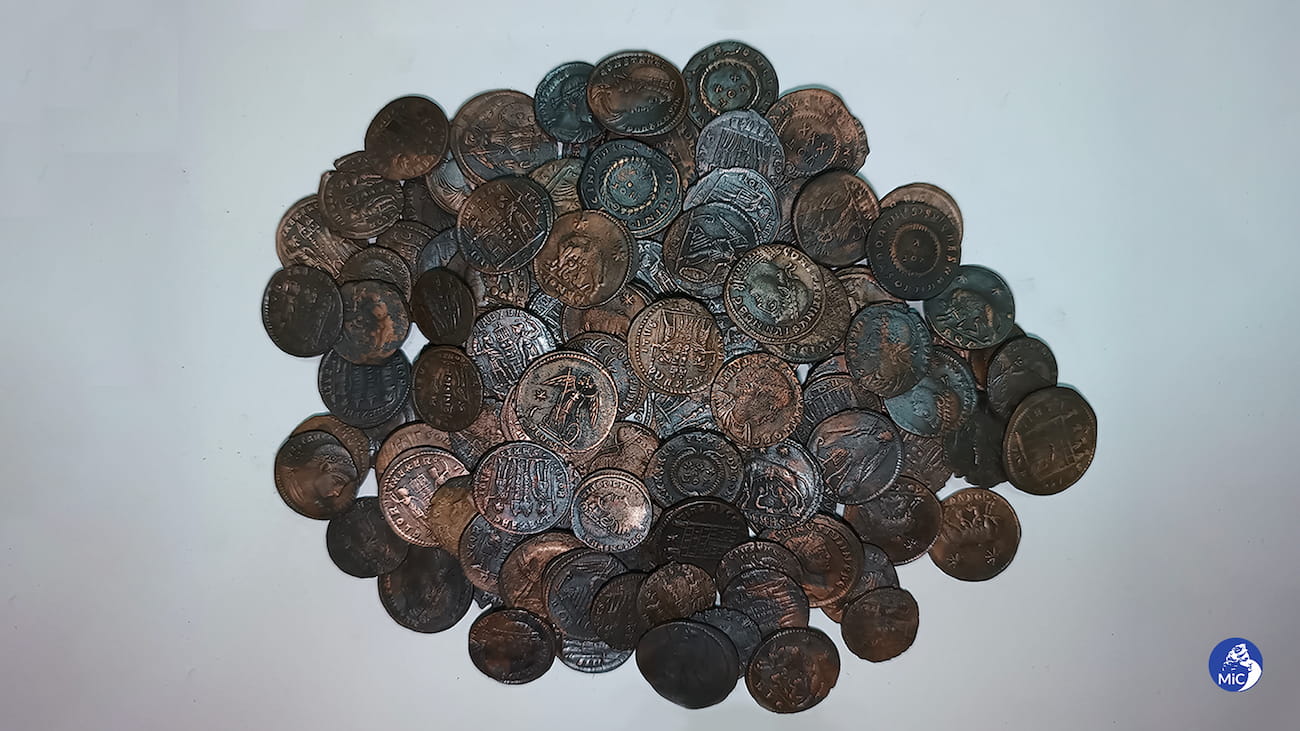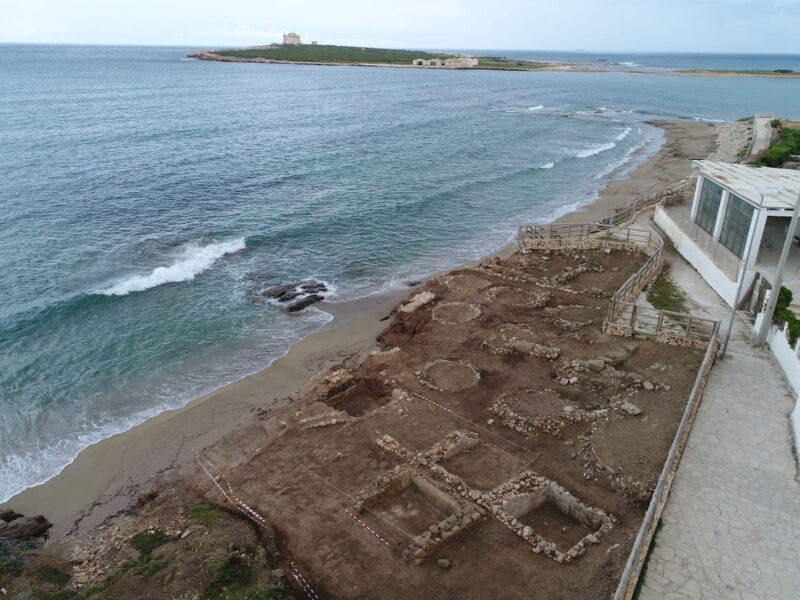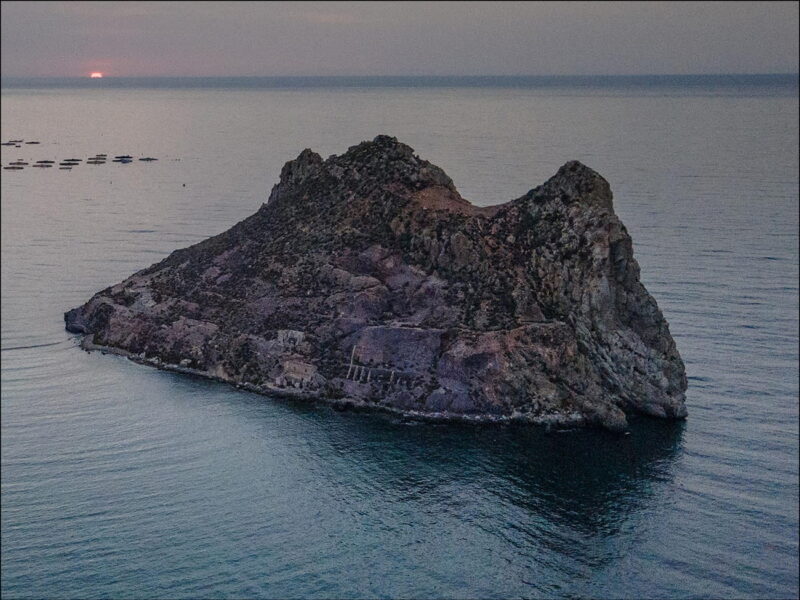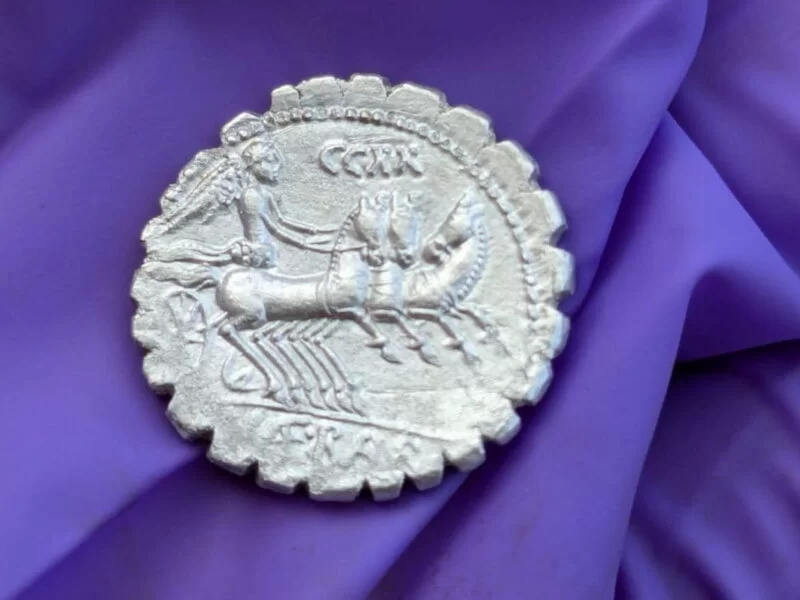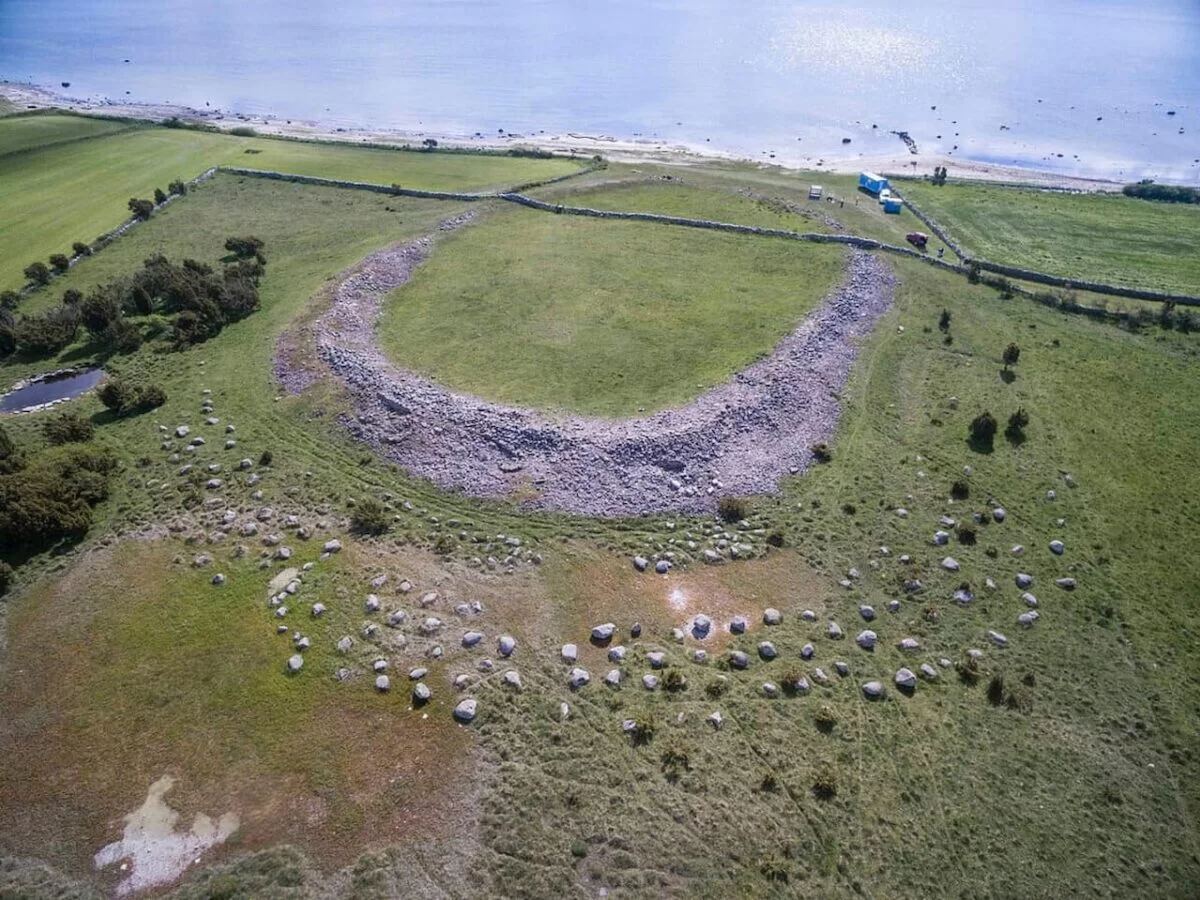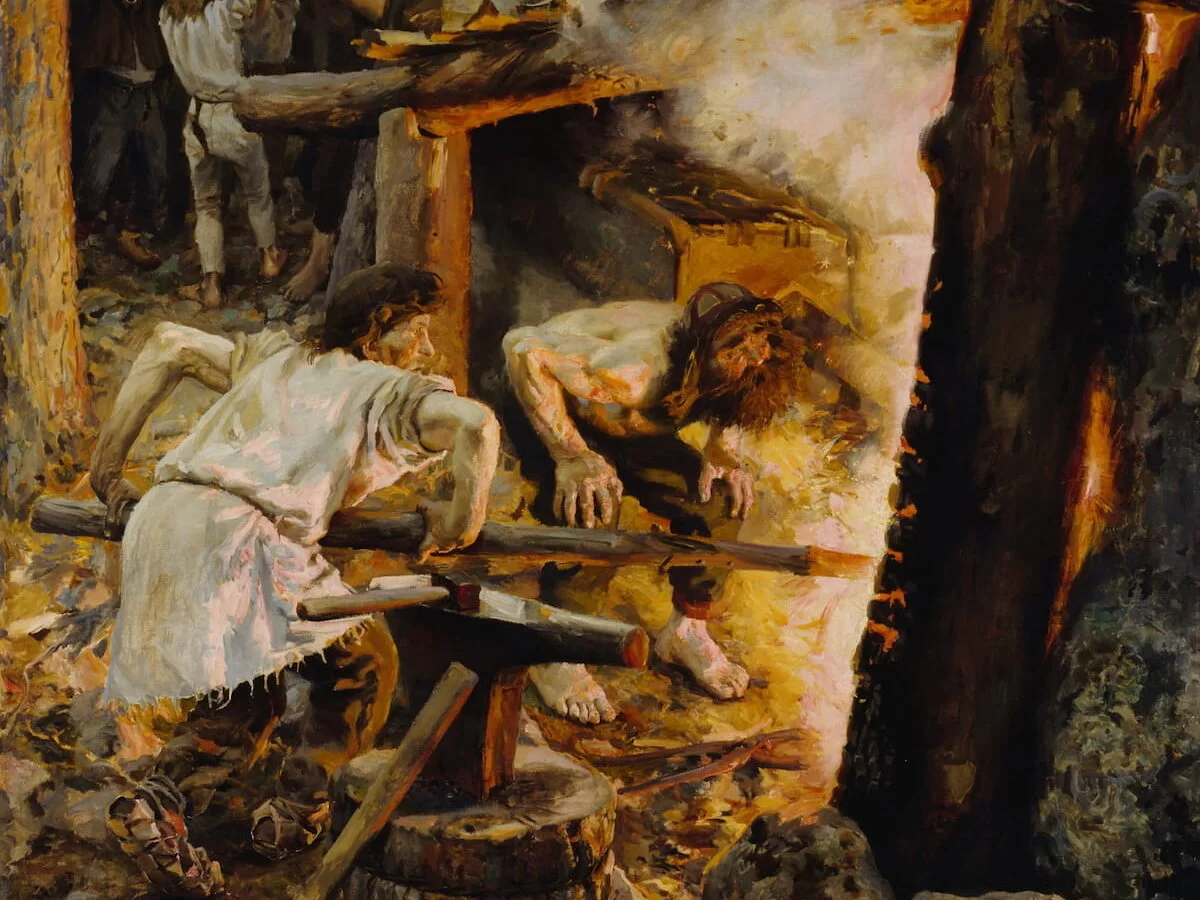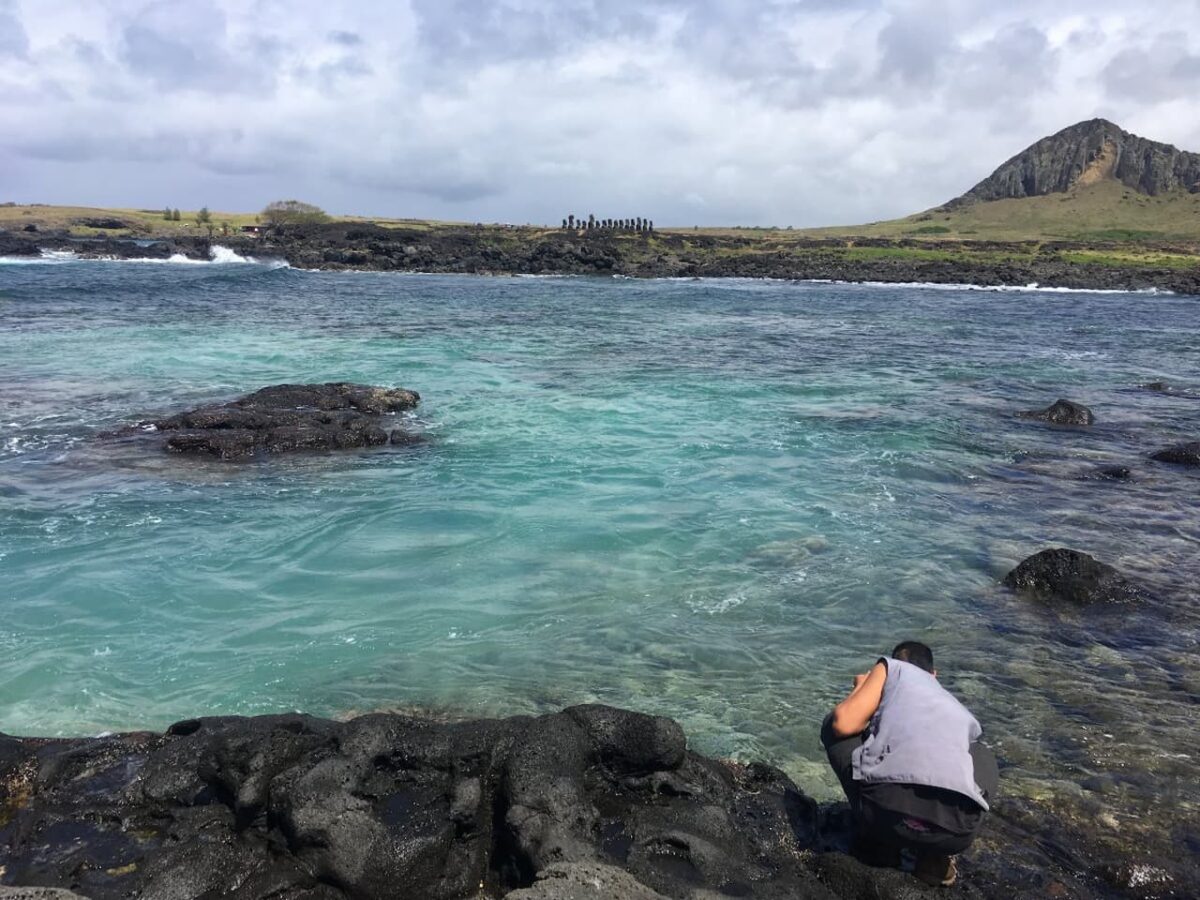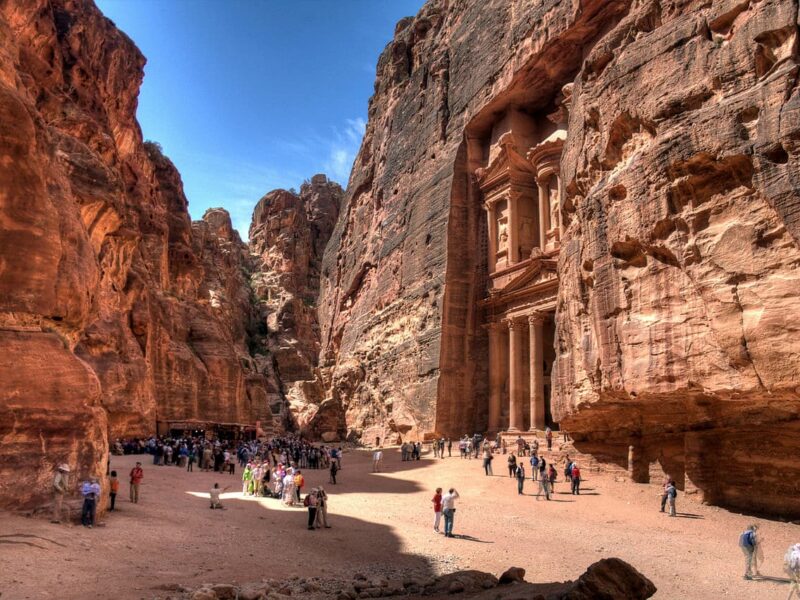A rich deposit of coins from the first half of the 4th century A.D. has been discovered in the sea off the northeastern coast of Sardinia, in the territory of Arzachena.
According to an initial estimate, based on the total weight of the discovery, the number of large bronze coins would range between 30,000 and 50,000. Many more, therefore, than those found in 2013 in the United Kingdom, in Seaton, when 22,888 pieces resurfaced. In addition to the latter, remains of amphorae of African production were also found, and in smaller numbers, those of oriental production.
The findings were discovered by an individual who, during a dive, observed metallic remains at a shallow depth, not far from the coast. The next day, the Underwater Archaeology Unit of the Superintendence of Archaeology, Fine Arts, and Landscape of Sassari and Nuoro, along with the Carabinieri of the Cultural Heritage Protection Unit of Sardinia and the Subaquatic Carabinieri Unit of Sardinia, carried out an initial survey in the relevant stretch of sea, with the collaboration of the Diving Unit of the Carabinieri of Cagliari and the Fire Department of Sassari, in addition to the State Police, the Guardia di Finanza, and the Harbor Masters.
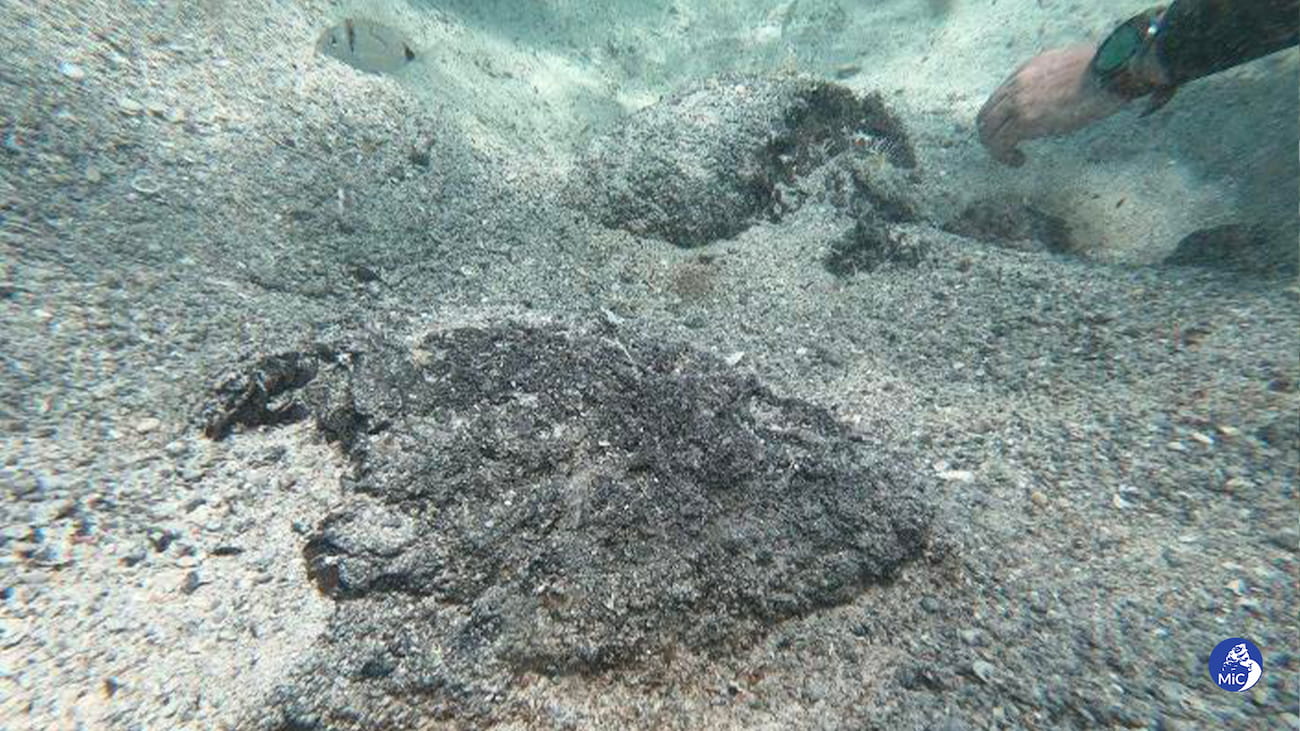
The dives revealed the existence of two macro-zones of coin dispersion in a large sandy clear between the beach and the posidonia: the latter, due to the position and morphology of the seabed, could preserve conspicuous remains of a wreck.
All recovered coins are in an exceptional and rare state of preservation. Only four pieces are damaged, although still readable. The chronological context of the coins is between 324 (minting of Licinius) and 340 A.D.
This dating is confirmed by the presence of the coinage of Constantine the Great and those of all other family members present as Caesars, but above all by the absence of centenionales, minted from 346 A.D.
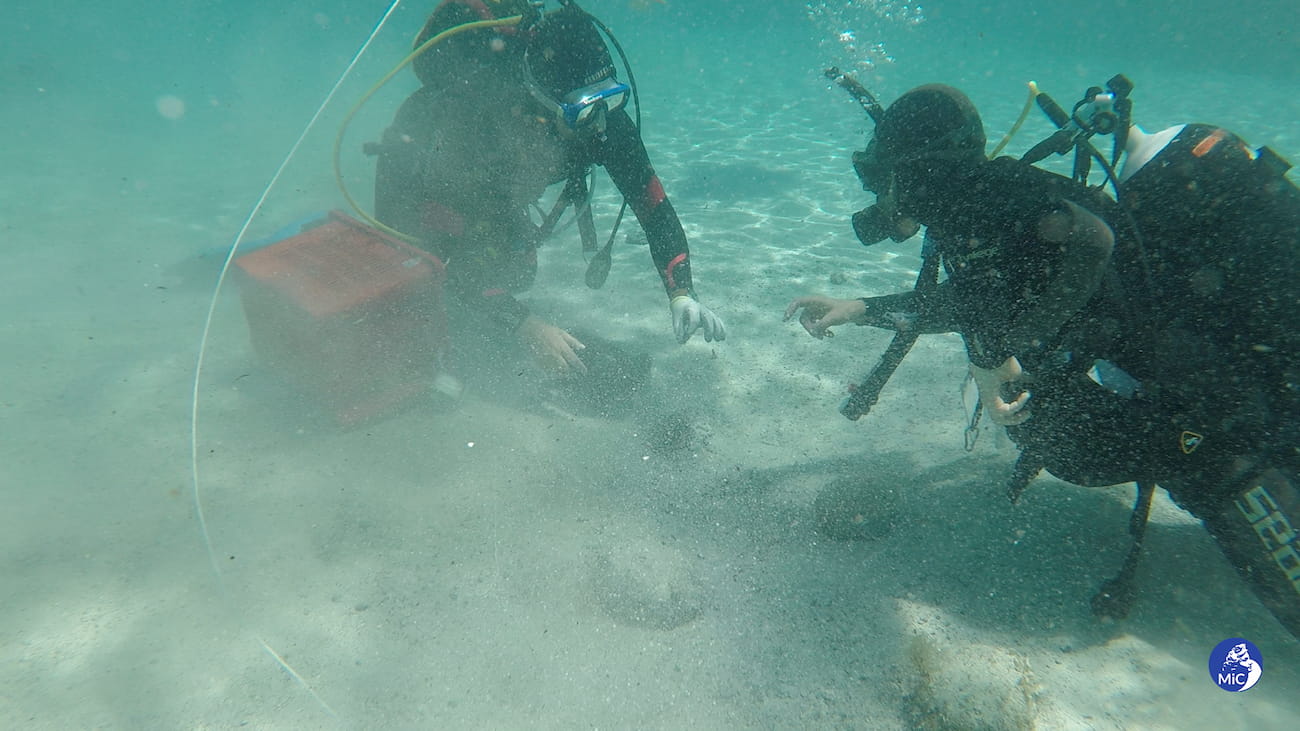
The group of recovered coins comes from almost all mints of the empire active in that period, with the exception of Antioch, Alexandria, and Carthage.
The restoration and conservation of the recovered coins and materials will allow a better and deeper understanding of the context of the findings, from which much information can still be extracted.
According to the General Director of ABAP, Luigi La Rocca: The treasure found in the waters of Arzachena represents one of the most important discoveries of numismatic pieces in recent years and once again highlights the richness and importance of the archaeological heritage that the seabeds of our seas, traveled by men and goods from ancient times, still preserve and protect. An extraordinary but also very fragile heritage, constantly threatened by natural phenomena and human action, on the protection of which the Ministry, through the action of its central and peripheral structures, has developed extraordinarily effective recovery and conservation methodologies and techniques, and deployed innovative enhancement strategies.
Sources
Ministero della Cultura de Italia
Discover more from LBV Magazine English Edition
Subscribe to get the latest posts sent to your email.

